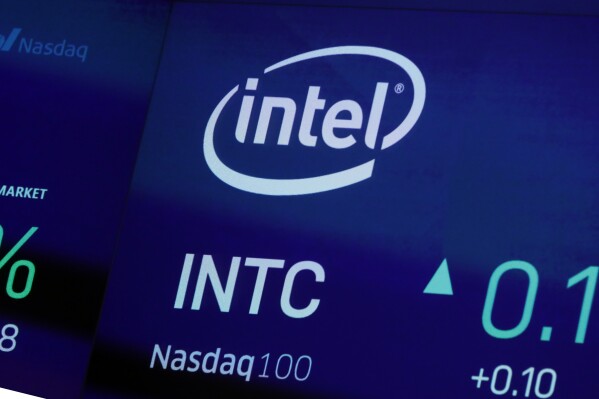The moments are seared into the pop culture pantheon. And our collective consciousness.
A friendly alien taking Henry Thomas’ character Elliott on an airborne bike ride with the full moon as a backdrop in “E.T.” Carol Anne (Heather O’Rourke) in “Poltergeist,” getting out of bed, staring into a pulsating TV screen, turning to her family and warning: “They’re here.” Arnold Schwarzenegger’s titular hero Conan the Barbarian succinctly listing for his compatriots what is best in life: “To crush your enemies. See them driven before you. And hear the lamentation of their women.”
Former Entertainment Weekly film critic Chris Nashawaty walks readers through the significance (and making) of each of the films, as well as five other science fiction/fantasy classics — “Blade Runner,” “Mad Max 2: The Road Warrior,” “Star Trek II: The Wrath of Khan,” “The Thing” and “Tron” — that, incredibly, were released within two months of each other in the summer of 1982.
In the ultra-entertaining and informative “The Future Was Now: Madmen, Mavericks, and the Epic Sci-Fi Summer of 1982,” Nashawaty makes the case that the octet of flicks altered the trajectory, not only of the auteurs at the helm, but of Hollywood filmmaking.
“The summer of 1982 was the moment when sci-fi, fantasy, and splashy blockbusters ripped from the pages of comic books would grow up,” Nashawaty writes. “These films could no longer be nonchalantly dismissed as kids’ stuff.
“They became the harbingers of a new era and eventually the most dominant force in popular entertainment.”
His thesis is solid, sure. But it’s not what makes “The Future Was Now” a great read. The behind-the-scenes intrigue does that.
Nashawaty digs deep into the history of how these groundbreaking films got — and were — made. Perhaps most fascinating is the tale of burgeoning cinema maestro Steven Spielberg leading his young charges through the filming of the now-classic “E.T.” and more or less taking over the production of “Poltergeist,” a much different kind of film that now is considered to be a landmark in the horror genre.
Add in the complex origins of the “Star Trek” and “Mad Max” sequels, plus Ridley Scott’s odyssey in transforming a Philip K. Dick novel into the big-screen cult classic “Blade Runner,” and you’ve got a must-read for any cinephile.
The summer of ’82 paved “the way for our current all-blockbusters-all-the-time era,” Nashawaty writes.
But the real treat is having a front-row seat as the author’s painstaking research and expert recounting bring to life how these silver-screen gems came to be.
___
AP book reviews: https://apnews.com/hub/book-reviews
Householder is an Associated Press video journalist based in Detroit. He shoots and edits his own visual pieces for online and broadcast use, while writing the occasional text news story and book review.Disclaimer: The copyright of this article belongs to the original author. Reposting this article is solely for the purpose of information dissemination and does not constitute any investment advice. If there is any infringement, please contact us immediately. We will make corrections or deletions as necessary. Thank you.



